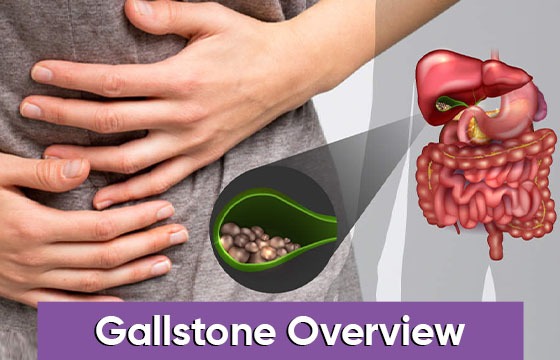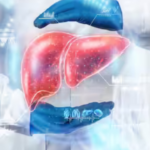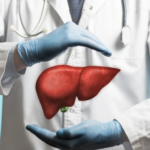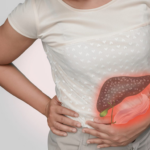
Gallstones are small, hard deposits that form in your gallbladder. They’re made up of cholesterol, bile pigments, and calcium, and they can range in size from a grain of sand to a golf ball.
Most people with gallstones don’t have any symptoms. But if a gallstone lodges in a duct and blocks the flow of bile, it can cause a sudden, severe abdominal pain called biliary colic.
Biliary colic can also be caused by other conditions, such as pancreatitis or a peptic ulcer. So your doctor will need to do some tests to rule out other possibilities.
If you have gallstones, you may need to have your gallbladder removed. This operation is called a cholecystectomy. It’s a very common procedure, and most people do fine without a gallbladder.
You can live a normal, healthy life without a gallbladder. But you may need to make some changes to your diet. For example, you may need to eat smaller meals more often and avoid high-fat foods.
Symptoms and Causes of Gallstone:
Gallstones are small, hard deposits that form in the gallbladder. The gallbladder is a small, pear-shaped sac that stores bile, a digestive fluid produced by the liver. Bile helps you digest fats.
Gallstones can be as small as a grain of sand or as large as a golf ball. Some people have just one gallstone, while others have many.
Gallstones can cause pain in the upper right side of your abdomen. The pain may come and go, but it can last for several hours. If the pain is severe, you may need to go to the hospital.
Gallstones can also block the bile duct, which carries bile from the gallbladder to the small intestine. This can cause a build-up of bile in the gallbladder, which can lead to inflammation and infection.
There are two types of gallstones:
1. Cholesterol stones: These are made up of cholesterol that has hardened. They are the most common type of gallstone.
2. Pigment stones: These are made up of bilirubin, a substance that gives bile its yellow color. They are less common than cholesterol stones.
There are several factors that can increase your risk of developing gallstones, including:
1. Age: The risk of gallstones increases as you age.
2. Gender: Women are more likely to develop gallstones than men.
3. Obesity: People who are obese are more likely to develop gallstones.
4. Family history: If you have a family history of gallstones, you are more likely to develop them.
5. Diet: A diet high in fat, cholesterol, and refined carbohydrates can increase your risk of developing gallstones.
If you have any of the risk factors above, you should talk to your doctor about your risk of developing gallstones.
If you have gallstones, you may not need treatment. In some cases, the gallstones will pass on their own. If you have pain from gallstones, your doctor may prescribe pain medication.
If the pain is severe or if you have other symptoms, such as jaundice (yellowing of the skin), your doctor may recommend surgery to remove the gallbladder.




